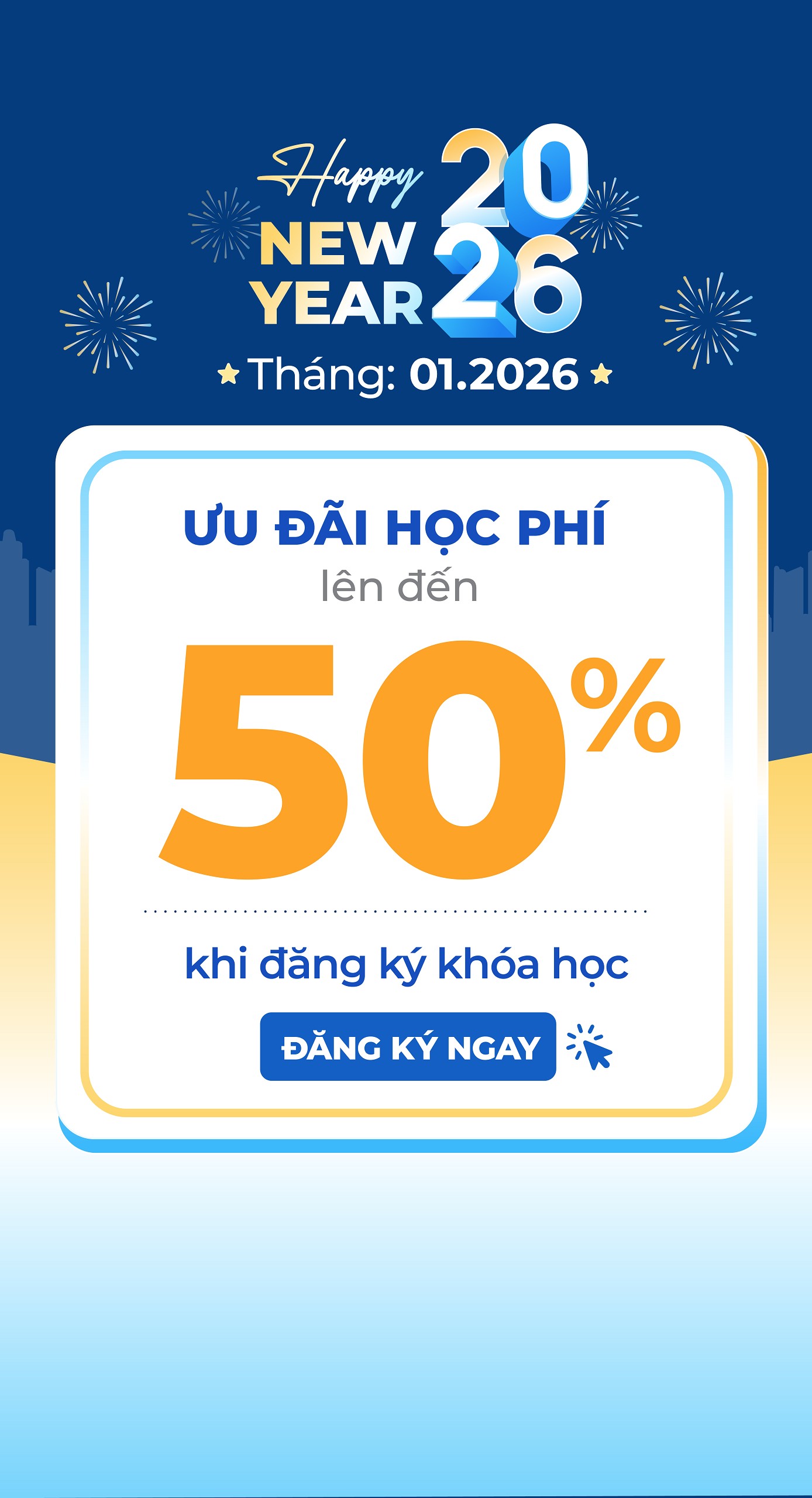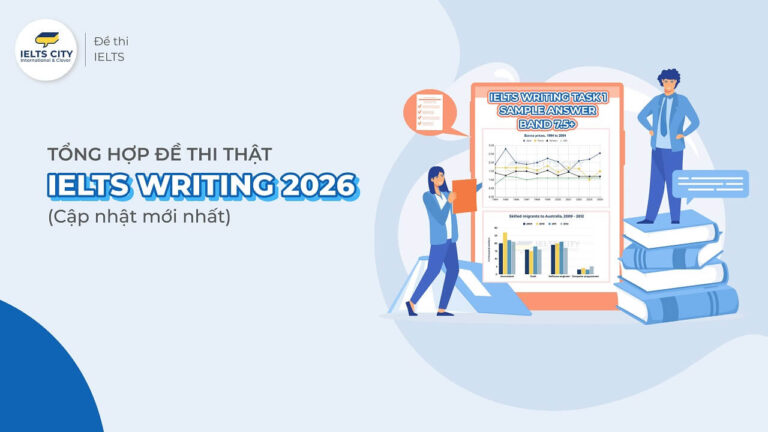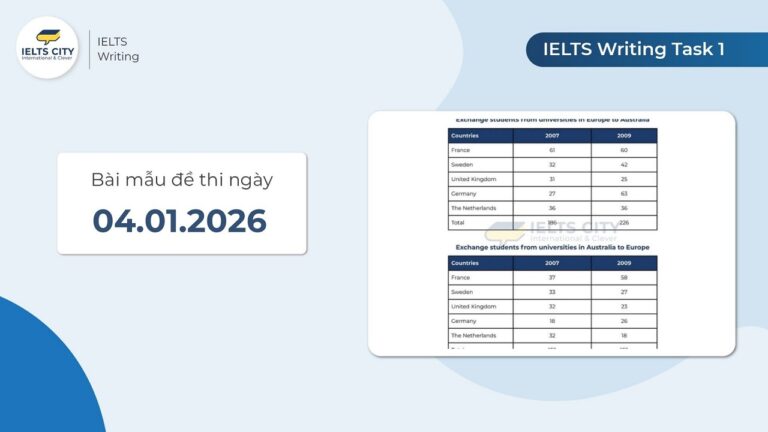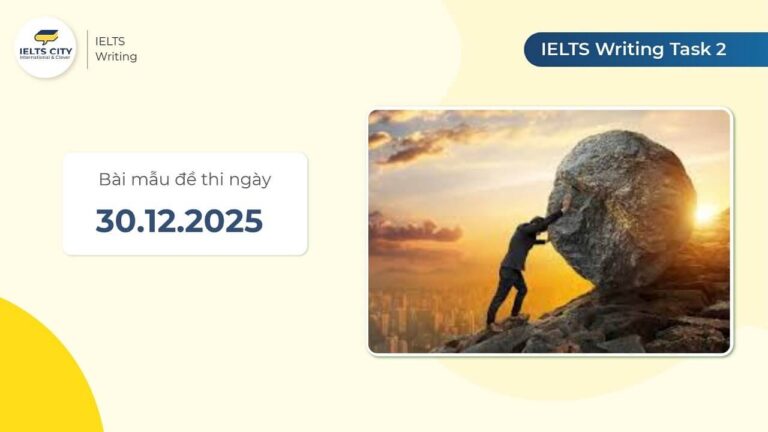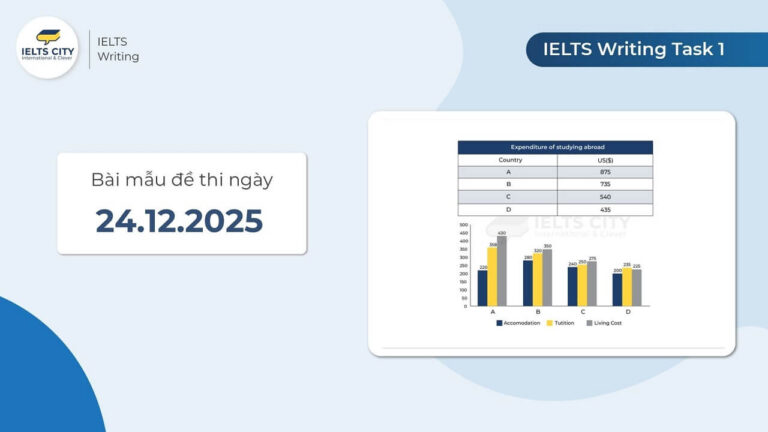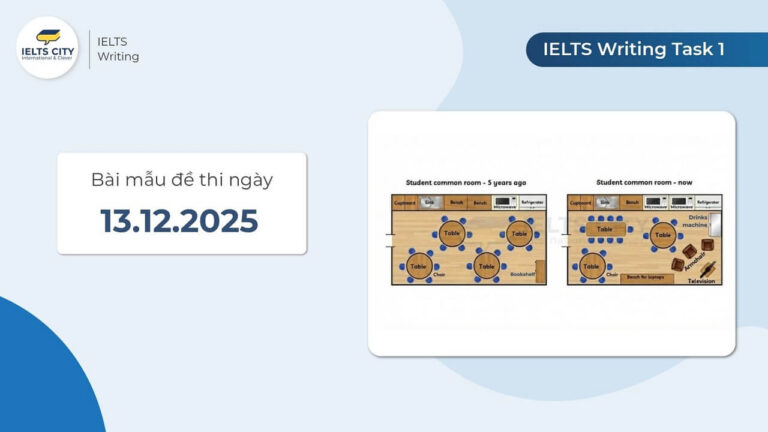Đề thi IELTS Writing Task 1 ngày 26.07.2024 là đề thi dạng Bar chart IELTS Writing Task 1 về số liệu người dùng Internet tại 6 quốc gia. Để viết tốt cho đề bài này, các bạn hãy cùng IELTS CITY phân tích biểu đồ và tham khảo bài mẫu band 7.5+ phía sau nhé!

Nội dung chính
ToggleĐề thi IELTS Writing Task 1 ngày 26.07.2024
The bar chart below shows the percentages of internet users in different age groups in six countries. Summarize the information by selecting and reporting the main features, and make comparisons where relevant.
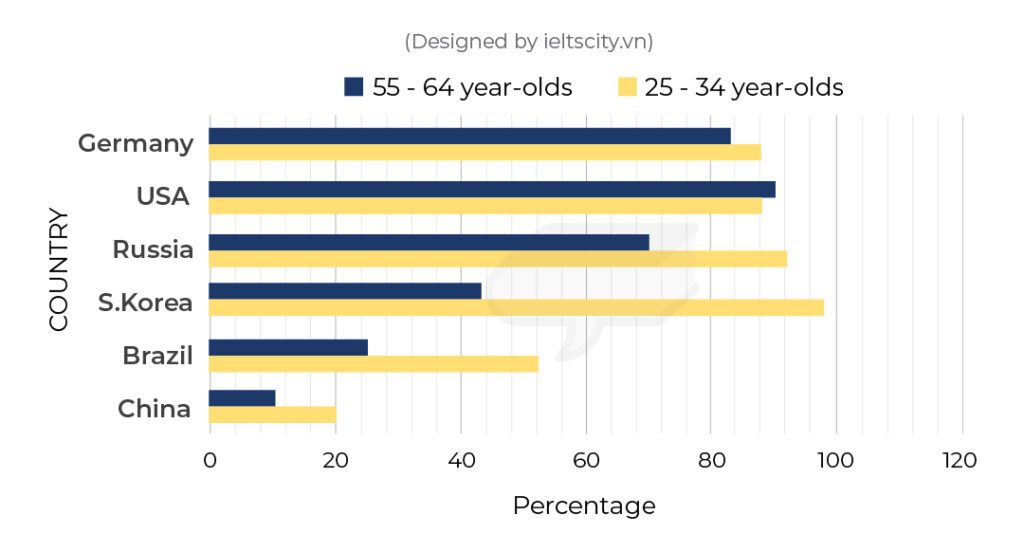
Dàn ý
- Introduction: Paraphrase lại đề bài
- Introduce the bar chart and what it compares.
- Overall:
- Provide an overall statement about the higher internet usage percentages among the younger age group in all six countries and note significant variations.
- Body Detail 1:
- Describe the internet usage percentages in Germany and the USA, highlighting the narrower gap between the age groups.
- Mention Russia and South Korea, focusing on the larger gap in Russia and near-universal usage in South Korea.
- Body Detail 2:
- Discuss Brazil and China, emphasizing the significant differences between the age groups and the lower overall percentages in China.
- Conclude with a statement about the digital divide being more pronounced in some countries.
Hướng dẫn cách viết: IELTS Writing Task 1
Sample Answer 7.5+
The bar chart compares the percentages of internet users in two age groups (55-64 years old and 25-34 years old) across six countries: Germany, the USA, Russia, South Korea, Brazil, and China.
Overall, the younger age group (25-34 years old) consistently shows higher internet usage percentages compared to the older age group (55-64 years old) in all six countries. There are significant variations in internet usage rates among different countries and between the age groups.
In Germany, the percentage of internet users among 25-34 year-olds is slightly higher than that of the 55-64 year-olds, with approximately 90% and 80% respectively. Similarly, in the USA, around 80% of the younger age group use the internet compared to about 70% of the older age group. Russia shows a larger gap, where around 60% of the younger age group are internet users, while the older age group has a much lower percentage at approximately 20%. South Korea also follows this trend with nearly 100% of the younger age group using the internet, while about 40% of the older age group are users.
Brazil and China display even more significant differences. In Brazil, about 80% of the younger age group use the internet compared to roughly 20% of the older age group. China has the lowest percentages for both age groups, with approximately 30% of the younger age group using the internet and only about 10% of the older age group. These figures indicate that the digital divide between the younger and older generations is more pronounced in countries like Russia, Brazil, and China, whereas in Germany and the USA, the gap is narrower. South Korea stands out with almost universal internet usage among the younger generation.
Từ vựng
- Compare (v): So sánh
- Percentage (n): Tỷ lệ phần trăm
- Consistently (adv): Một cách nhất quán
- Variation (n): Sự biến đổi
- Significant (adj): Đáng kể
- Digital divide (n): Khoảng cách kỹ thuật số
- Pronounced (adj): Rõ rệt
- Universal (adj): Phổ cập
- Narrower (adj): Hẹp hơn
- Trend (n): Xu hướng
Bản dịch
Biểu đồ thanh so sánh tỷ lệ phần trăm người dùng internet ở hai nhóm tuổi (55-64 tuổi và 25-34 tuổi) ở sáu quốc gia: Đức, Mỹ, Nga, Hàn Quốc, Brazil và Trung Quốc.
Nhìn chung, nhóm tuổi trẻ hơn (25-34 tuổi) cho thấy tỷ lệ sử dụng internet cao hơn đáng kể so với nhóm tuổi lớn hơn (55-64 tuổi) ở tất cả sáu quốc gia. Có sự biến đổi đáng kể về tỷ lệ sử dụng internet giữa các quốc gia và giữa các nhóm tuổi.
Ở Đức, tỷ lệ phần trăm người dùng internet trong nhóm tuổi 25-34 cao hơn một chút so với nhóm tuổi 55-64, với khoảng 90% và 80% tương ứng. Tương tự, ở Mỹ, khoảng 80% của nhóm tuổi trẻ hơn sử dụng internet so với khoảng 70% của nhóm tuổi lớn hơn. Nga cho thấy khoảng cách lớn hơn, với khoảng 60% của nhóm tuổi trẻ hơn là người dùng internet, trong khi nhóm tuổi lớn hơn có tỷ lệ thấp hơn nhiều ở khoảng 20%. Hàn Quốc cũng theo xu hướng này với gần như 100% của nhóm tuổi trẻ hơn sử dụng internet, trong khi khoảng 40% của nhóm tuổi lớn hơn là người dùng.
Brazil và Trung Quốc hiển thị những khác biệt còn đáng kể hơn. Ở Brazil, khoảng 80% của nhóm tuổi trẻ hơn sử dụng internet so với khoảng 20% của nhóm tuổi lớn hơn. Trung Quốc có tỷ lệ thấp nhất cho cả hai nhóm tuổi, với khoảng 30% của nhóm tuổi trẻ hơn sử dụng internet và chỉ khoảng 10% của nhóm tuổi lớn hơn. Những số liệu này cho thấy khoảng cách kỹ thuật số giữa các thế hệ trẻ và già rõ rệt hơn ở các quốc gia như Nga, Brazil và Trung Quốc, trong khi ở Đức và Mỹ, khoảng cách này hẹp hơn. Hàn Quốc nổi bật với tỷ lệ sử dụng internet gần như phổ cập ở thế hệ trẻ.
Cập nhật đề thi IELTS Writing mới nhất tại:
Cảm ơn các bạn đã theo dõi hết bài mẫu đề thi IELTS Writing Task 1 ngày 26.07.2024 dạng Map band 7.5+ được biên soạn bởi IELTS CITY. Chúc các bạn luyện thi IELTS hiệu quả và sớm đạt Target nhé!

